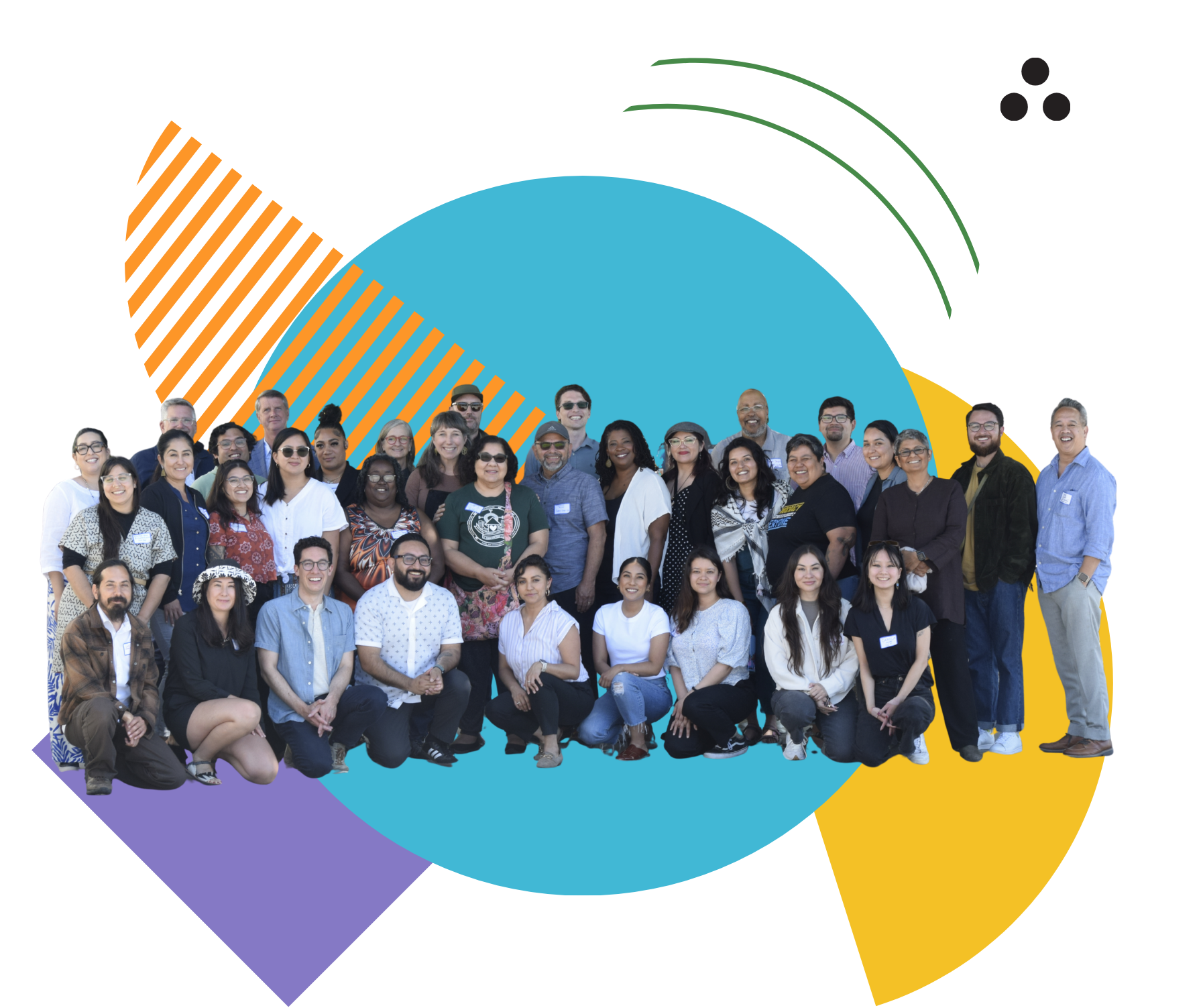ICF’s Community-Governed Structure
At the heart of the Community Ownership for Community Power Fund is a commitment to community governance, via a codesign process to create the Integrated Capital Fund and a community-led Governing Board and Credit Committee operationalizing it. Common Counsel Foundation serves as the backbone organization staffing and hosting the fund’s LLC structure, while the community governance structure is as follows:
Governing Board
A community-led Governing Board has been established to make high-level policy decisions for the fund.
- Saki Bailey, Executive Director, SFCLT
- Oscar Monge, Executive Director, TRUST South LA
- Princess Robinson, Executive Director, RichmondLAND
- Sergio Carranza, Executive Director, Pueblo Unido
- Jyotswaroop Bawa, Chief of Organizing & Campaigns, Rise Economy
- Sabrina Wu, Senior Program Officer, East Bay Community Foundation
- Sara Harris, Community Development Officer, Genesis LA (ICF Fund Manager)
- Emily Duma, Director of Housing Justice, Common Counsel Foundation (Fund Sponsor)
Credit Committee
A community-led Investment Committee will make the final decisions on which projects are selected to receive funding.
- Saki Bailey, Executive Director, SFCLT
- Georgette Gomez, Community Development Officer, Casa Familiar
- Steve King, Executive Director, OakCLT
- Elizabeth Wampler, Executive Director, LISC Bay Area
- Josh Glickenhaus, Director of Lending and Operations, LEAF
- Emily Duma, Director of Housing Justice, Common Counsel Foundation (Fund Sponsor)
Community-Led Co-Design of the Integrated Capital Fund
Between 2022-2025, COCP provided $5.6M in general operating grants to 14 organizations across California. These grants were designed to significantly boost organizational capacity, and to support participation in a multi-year codesign process to launch a new, unique community-governed integrated capital fund to support the acquisition of land and housing by community ownership organizations across California. Through this process, community partners co-designed the fund’s priorities, decision-making process, co-governance model, legal structure, , selected core fund partners, and determined many other key elements for the fund. This community-informed participation ensured that BIPOC communities’ needs and timelines to access capital were represented when building new movement-aligned financial infrastructure to move land and housing into community stewardship.
Co-Design Cohort Grantees (2023-2026)
- Beverly-Vermont Community Land Trust
- Casa Familiar Inc.
- Dishgamu Humboldt Community Land Trust
- El Sereno Community Land Trust
- Fideicomiso Comunitario Tierra Libre
- Liberty Community Land Trust
- OakCLT
- Pueblo Unido Community Development Corporation
- RichmondLAND
- Sacramento Community Land Trust
- San Francisco Community Land Trust
- South Bay Community Land Trust
- THRIVE Santa Ana
- Tenemos que Reclamar y Unidos Salvar la Tierra-South LA (T.R.U.S.T. South LA)

